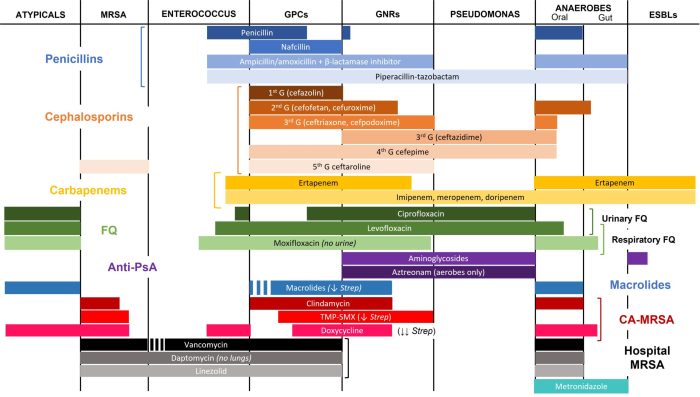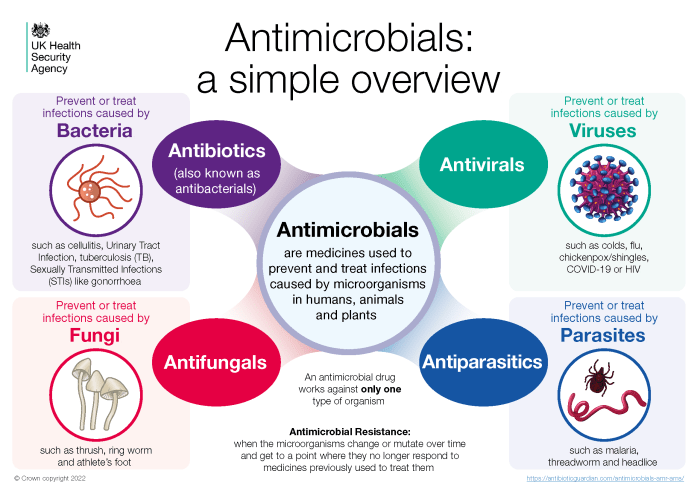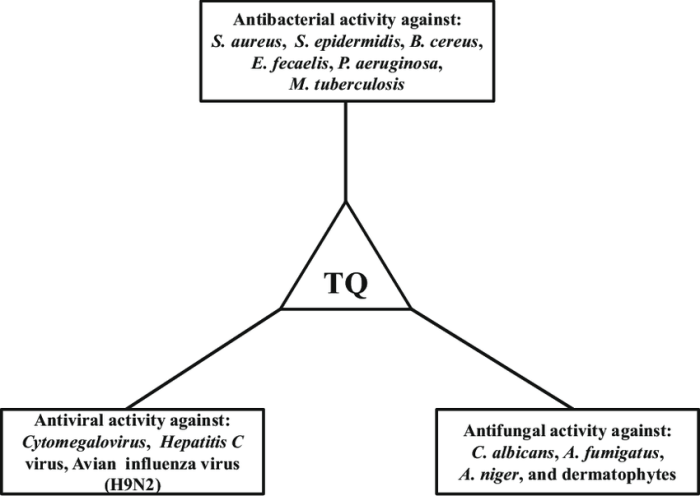Select the advantages of phenolic compounds as antimicrobial agents – In the realm of antimicrobial agents, phenolic compounds stand out as a promising class of natural compounds with remarkable inhibitory effects on microbial growth. Their diverse structures, biocompatibility, and potential for novel applications make them a subject of great interest in the fight against infectious diseases.
Phenolic compounds possess a unique ability to disrupt microbial cell membranes, leading to leakage of cellular contents and inhibition of essential metabolic processes. This broad-spectrum antimicrobial activity extends to a wide range of bacteria, fungi, and viruses, making them promising candidates for infection control and the development of new antimicrobial therapies.
Antimicrobial Activity: Select The Advantages Of Phenolic Compounds As Antimicrobial Agents

Phenolic compounds exhibit antimicrobial activity against a wide range of microorganisms, including bacteria, fungi, and viruses. The antimicrobial effects of phenolic compounds are attributed to their ability to disrupt microbial cell membranes, inhibit enzyme activity, and interfere with nucleic acid synthesis.
Specific Phenolic Compounds and their Antimicrobial Effects
- Carvacrol: A phenolic compound found in oregano oil, carvacrol has been shown to have antimicrobial activity against Gram-positive and Gram-negative bacteria, as well as fungi.
- Thymol: Another phenolic compound found in thyme oil, thymol has been shown to inhibit the growth of both bacteria and fungi.
- Eugenol: A phenolic compound found in clove oil, eugenol has been shown to have antimicrobial activity against a wide range of microorganisms, including bacteria, fungi, and viruses.
Factors Influencing Antimicrobial Activity
The antimicrobial activity of phenolic compounds is influenced by several factors, including their chemical structure, concentration, and the type of microorganism being targeted.
Structural Diversity
Phenolic compounds exhibit a wide range of chemical structures, which contribute to their diverse antimicrobial properties.
Chemical Structures and Antimicrobial Activity
The presence of a hydroxyl group (-OH) on the aromatic ring is essential for the antimicrobial activity of phenolic compounds. The number and position of hydroxyl groups, as well as the presence of other functional groups, can influence the antimicrobial activity of a phenolic compound.
Classification of Phenolic Compounds
Phenolic compounds can be classified into several groups based on their structural features, including:
- Simple phenols: These compounds have a single hydroxyl group attached to an aromatic ring.
- Polyphenols: These compounds have multiple hydroxyl groups attached to an aromatic ring.
- Flavonoids: These compounds are a subclass of polyphenols that have a characteristic three-ring structure.
Antimicrobial Properties of Different Classes
Different classes of phenolic compounds exhibit varying degrees of antimicrobial activity. Simple phenols generally have lower antimicrobial activity than polyphenols and flavonoids.
Biocompatibility and Safety
Phenolic compounds generally exhibit good biocompatibility, making them suitable for use as antimicrobial agents.
Biocompatibility
Phenolic compounds are generally non-toxic to human cells at concentrations that are effective against microorganisms. This makes them a promising alternative to synthetic antimicrobial agents, which can often be toxic to human cells.
Safety Considerations
While phenolic compounds are generally safe, some compounds may cause skin irritation or allergic reactions in sensitive individuals. It is important to use phenolic compounds in accordance with recommended guidelines and to avoid excessive exposure.
Approved Phenolic Compounds
Several phenolic compounds have been approved for use as antimicrobial agents in healthcare settings. These compounds include chlorhexidine, triclosan, and thymol.
Mode of Action

Phenolic compounds exert their antimicrobial effects through several different modes of action.
Molecular Targets
Phenolic compounds can target a variety of molecular targets within microbial cells, including cell membranes, enzymes, and nucleic acids.
Membrane Disruption, Select the advantages of phenolic compounds as antimicrobial agents
Phenolic compounds can disrupt the integrity of microbial cell membranes, leading to leakage of cell contents and cell death.
Enzyme Inhibition
Phenolic compounds can inhibit the activity of enzymes that are essential for microbial growth and metabolism.
Nucleic Acid Synthesis Inhibition
Phenolic compounds can interfere with nucleic acid synthesis, preventing the replication of microbial DNA and RNA.
Resistance Development
The potential for resistance development to phenolic compounds is a concern. However, the diverse modes of action of phenolic compounds make it less likely that microorganisms will develop resistance to all of them.
Applications in Healthcare
Phenolic compounds have a wide range of applications as antimicrobial agents in healthcare settings.
Infection Control
Phenolic compounds are commonly used as disinfectants and antiseptics to control the spread of infections in hospitals and other healthcare facilities.
Advantages and Limitations
Phenolic compounds offer several advantages as antimicrobial agents, including their broad-spectrum activity, low toxicity, and relatively low cost. However, they can be corrosive and may cause skin irritation in some individuals.
New Antimicrobial Products
Research is ongoing to develop new antimicrobial products based on phenolic compounds. These products are expected to have improved efficacy and reduced toxicity.
Future Prospects

Phenolic compounds are a promising class of antimicrobial agents with potential for further development.
Current Research Directions
Current research directions in the field of phenolic compounds as antimicrobial agents include:
- Developing new phenolic compounds with improved antimicrobial activity and reduced toxicity.
- Investigating the mechanisms of action of phenolic compounds against different microorganisms.
- Exploring the potential for using phenolic compounds in combination with other antimicrobial agents to enhance efficacy and reduce resistance development.
Future Applications
Phenolic compounds are expected to play an increasingly important role in the fight against antimicrobial resistance. They have the potential to be used in a variety of applications, including:
- Developing new antimicrobial drugs.
- Improving the efficacy of existing antimicrobial products.
- Preventing the spread of infections in healthcare settings.
Essential Questionnaire
What are the main mechanisms by which phenolic compounds inhibit microbial growth?
Phenolic compounds primarily disrupt microbial cell membranes, causing leakage of cellular contents and inhibition of essential metabolic processes.
How does the structural diversity of phenolic compounds influence their antimicrobial activity?
The chemical structure of phenolic compounds, including the number and position of hydroxyl groups, affects their lipophilicity and ability to interact with microbial cell membranes, influencing their antimicrobial potency.
Are phenolic compounds generally considered safe for use as antimicrobial agents?
Yes, many phenolic compounds have been approved for use in antimicrobial applications due to their low toxicity and biocompatibility.